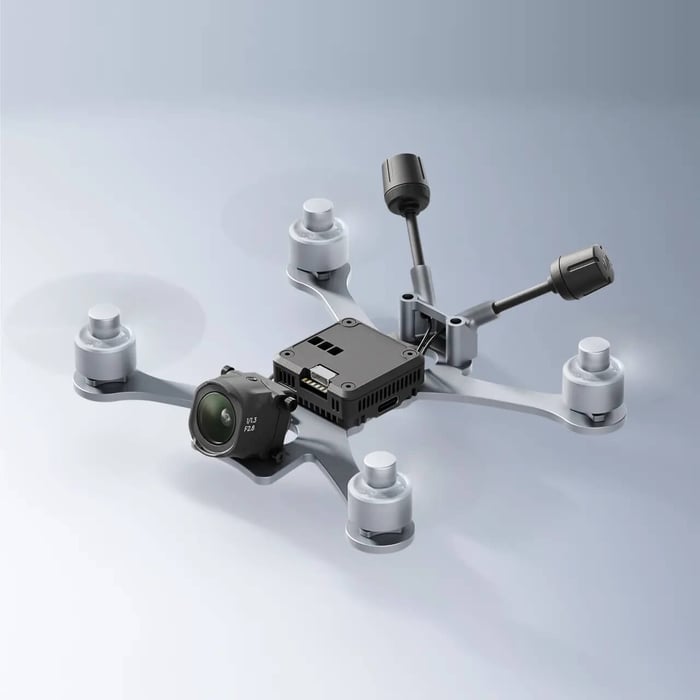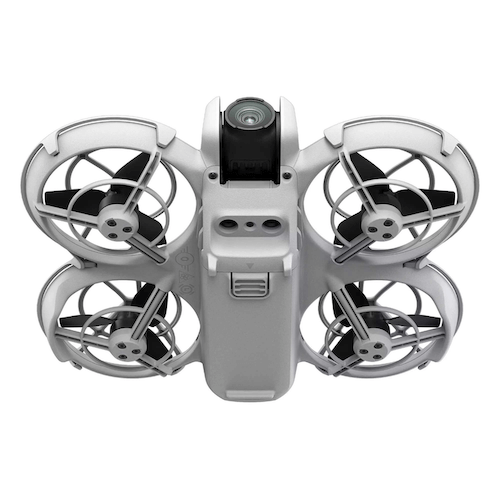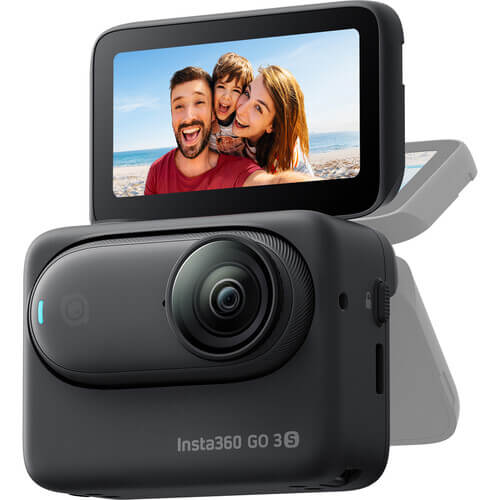If you’re ready to move past out-of-the-box FPV drones (like the DJI Avata 2) and build your first custom FPV rig- or if it’s time for an upgrade to your existing camera and transmission system- DJI just released a game changer and we were super stoked to see our friend and collaborator @mcgee produce the launch video. Read on below for more info on the O4 Air Unit Pro (and non-Pro version).
Why a Custom Build?
A custom build will get you more top speed, more agility for high speed flying, better height, be steadier in the wind, and can fix them yourself instead of sending in to service. It's not always cheaper to build yourself, and you will have to solder, wire, and assemble your drone. But the trade off is worth it for many who want to push the limits in this relatively new field, and there are a ton of resources and building guides online for those who are interested. If you've ever been curious about building your own FPV drone, the O4 Air Unit is gonna make it easier than ever.
Camera and Transmission with Superior Image Quality
The O4 Air Unit Pro has a 1/1.3" sensor that can transmit to DJI goggles in 1080p/100fps with latency as low as 15ms (in racing mode). This is fantastic resolution and latency whether you're racing, freestyle flying, or shooting cinematic aerials. It can also record 4K/120fps video on-board in D-Log M, with bit rates up to 130 Mbps. This may completely eliminate the need for an on-board action camera in addition to your transmission camera to get the quality of cinematic shots you're looking for. The O4 Air Pro weights a scant 32g, which should hold up nicely on a 5" frame (DJI recommends 3" or up).
DJI also released the O4 Air Unit, which has a 1/2" sensor and weighs an insanely light 8.2g, making it ideal for flight frames 2" and under. It's the perfect camera to get started flying custom FPV drones, or for a pilot who wants a smaller lighter platform and isn't producing video content.
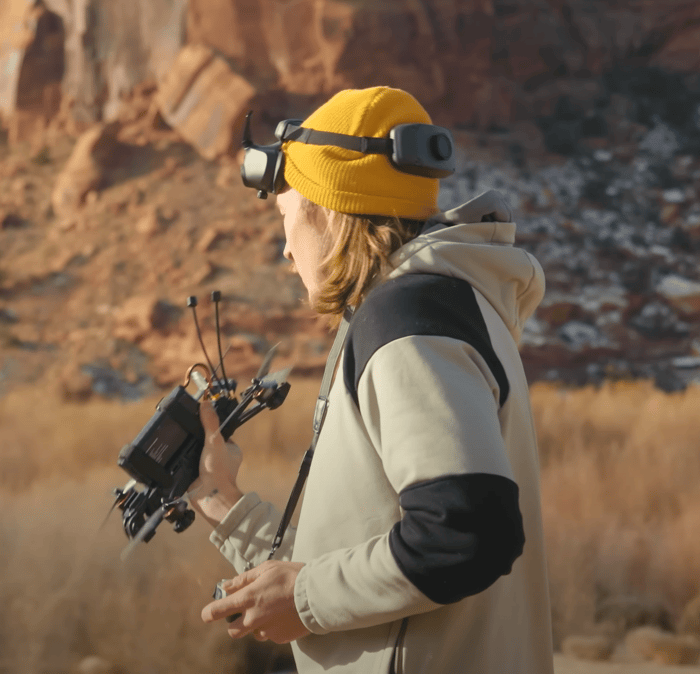 Danny McGee's custom FPV drone using the DJI O4 Air Unit Pro
Danny McGee's custom FPV drone using the DJI O4 Air Unit ProIs This the Perfect All-in-One Solution?
The image of the Pro version is on par with the Avata 2, though it can capture a higher frame rate in 4K (120 vs 60). This makes it a strong choice for many aerial cinematographers. However, if you're looking for a higher quality image, the HERO10 Bones by GoPro offers better maximum resolution and built in image stabilization (GoPro's HyperSmooth). However the Bones' sensor is only 1/2.3", so the O4 Air Pro may have better dynamic range and do better in low light. Adding the HERO10 Bones ($249.99 and weighing 54g) also means you still need a transmission system to pilot the drone, so your cost and weight begin to add up. If you're on the fence, look at some image comparisons for reference.
For those who don't want to be trapped in the DJI ecosystem, the O4 Air Unit Pro might not be the best choice. Being a part of the DJI ecosystem offers the trade off of simplicity and generally higher quality for a higher price tag. But if this is your first time sourcing a dozen parts, using the DJI ecosystem can take the guesswork out of compatibility.
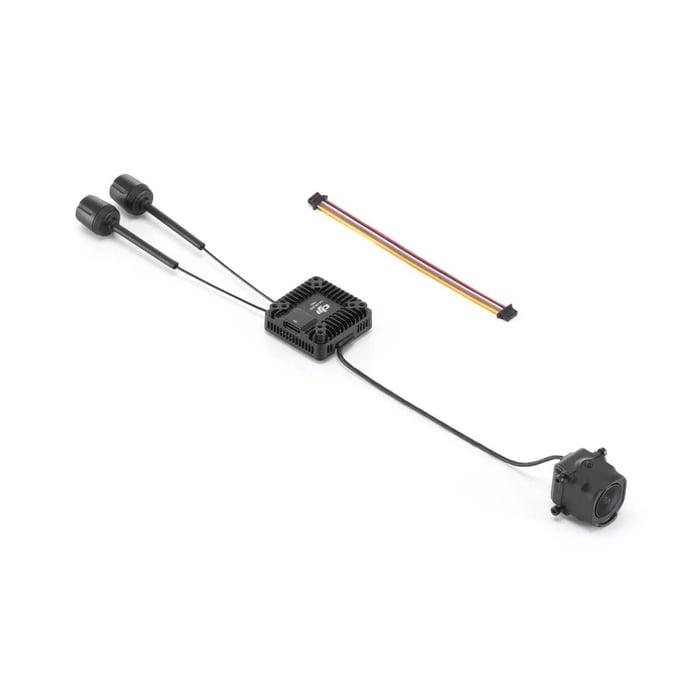
Drawbacks
Changing settings affects what you see in goggles and therefore the flying experience. The main breaking factor for many used to traditional drones is that there is no one axis gimbal like the Avata, so you can't adjust the angle of the camera during flight. However, if you're looking for cinematic aerials you may not be using an FPV drone in the first place.
Conclusion
With the simplicity and quality of this system, we think a lot more people will get into building and flying custom FPV drones. And if you're still on the fence, check out this full review by Danny McGee.
Have you built a drone with the O4 Air Unit Pro? Send us your photos or videos on Instagram @glyphtech for a chance to be featured!


